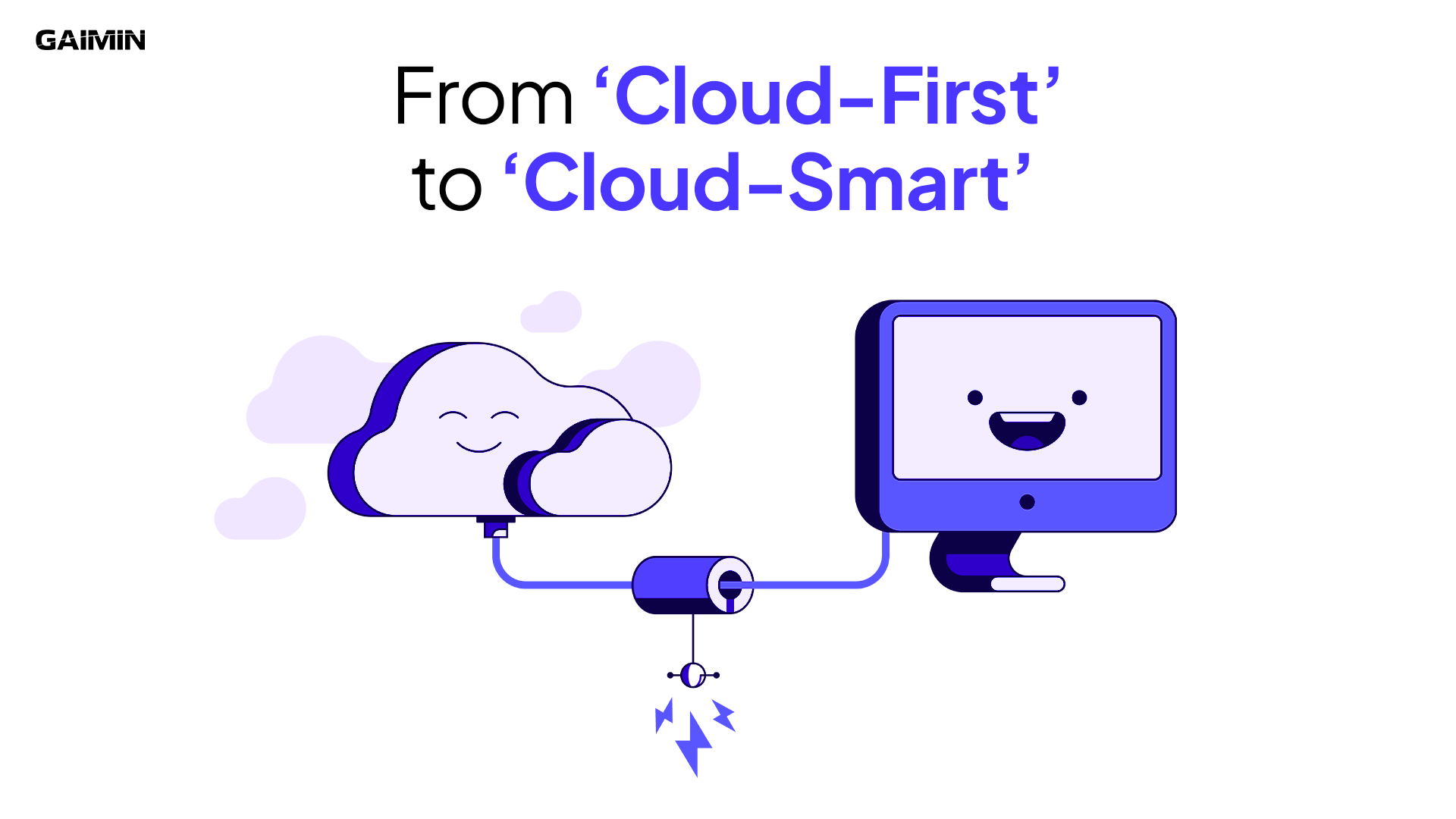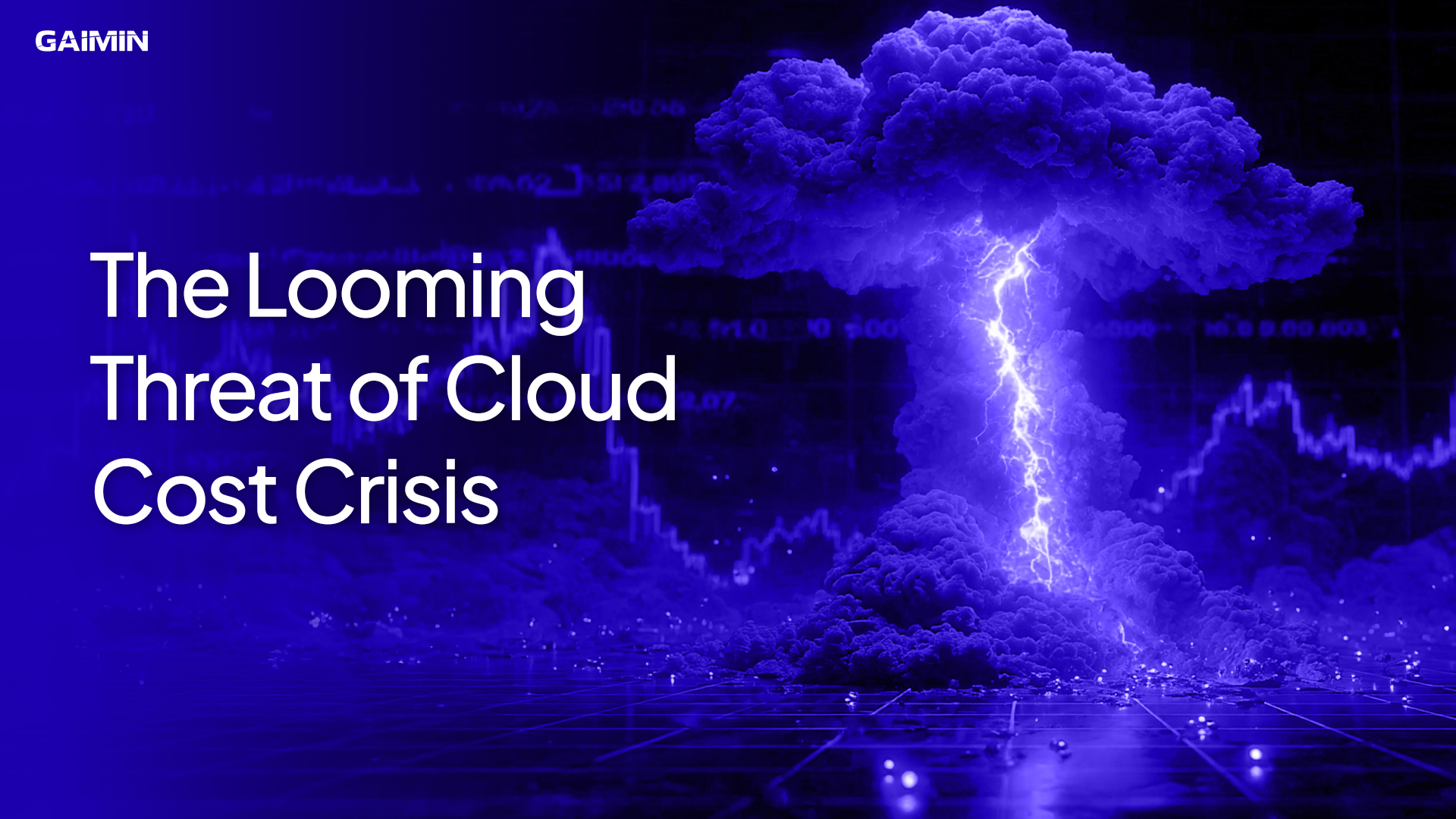For years, “cloud-first” was the default mantra in enterprise IT; if it could be moved to the cloud, then it was. And what we saw was a boom in the demand for cloud computing. Storage and compute tasks that solely relied on on-prem solutions were now shifted online to the big cloud tech platforms in pursuit of speed, flexibility, and scale. This approach was a no-brainer at the time: cut CapEx, move fast, and modernize operations.
But even honeymoons come to an end. The age of cheap and less complex traditional cloud solutions as a better alternative to on-prem models is now over. Now, the legacy cloud has become the expensive and complex option, just as on-prem was years ago.
The past few years have exposed the limits of a one-size-fits-all cloud mindset; the industry has become way more complex than it used to be. Enterprises now operate across multiple cloud providers, maintain hybrid setups, and juggle growing data volumes that stretch across continents. File storage and distribution bills are ballooning. Compliance requirements are tightening. Performance and quality issues creep in as the gap between demand and supply for the technology grows wider. The cloud-first strategy that once drove transformation is now showing signs of inefficiency.
And just like in the past, the conversation has now shifted to alternative solutions. A shift from cloud-first fanaticism to cloud-smart solutions.
Why a Cloud-Smart Approach Matters
Just like in almost every part of life, ideologies that aren’t questioned don’t get improved. A cloud-smart driven approach doesn’t reject cloud technology totally; it questions how efficiently a cloud model delivers in the current market conditions. It’s about applying strategy to what used to be a simplistic way of using certain ‘big cloud’ models because of their popularity and trends, instead of evaluating for maximum impact.
For file storage and distribution, this shift is especially significant. Enterprises now generate vast amounts of data across departments, devices, and edge locations. Not all of it belongs in expensive high-performance cloud storage. Some data just need security and instant retrieval. Some just need to be archived. Others must remain within specific geographic or regulatory boundaries.
In any case, it has little to do with the name and brand of the cloud technology and more to do with the specific features that deliver the desired outcome for that specific task.
The Problem with Cloud-First Thinking
The cloud-first era was driven by urgency. Businesses wanted a more convenient solution to the existing resource-intensive on-prem model, and the early use case of the cloud at the time delivered. But as adoption matured, lapses have emerged:
- Data sprawls across providers and regions, making visibility difficult.
- High ongoing costs from keeping low-value data in premium cloud tiers, as top service goes to the higher-paying clients.
- Compliance and sovereignty issues as regulations evolve.
- Performance bottlenecks for workloads dependent on centralized data centres.
These challenges aren’t theoretical; we are seeing them become operational headaches that impact budgets and business continuity, especially for small and medium businesses. Even file distribution, a simple operation of Client upload backend and then end user download frontend, which is often treated as a low-priority infrastructure layer, has now become one of the most expensive and complex components of enterprise IT.
What a Cloud-Smart Model Looks Like
Cloud-smart solutions are geared for optimization. No bluff, no complexities and ambiguities, just straight optimal functionality. Cloud services aren’t just used for their brand names but strictly for their value in the client’s use case and business scale.
Think of what drag-and-drop and Vibe coding did to traditional coding. That’s not to say sophisticated coding doesn’t exist today. But if you were someone looking to build an ‘X’ specific platform that has ‘Y’ features, with limited time and budget, then it’s obvious the option you need to get the job done.
In practice, it’s not about abandoning the traditional cloud completely but using it as a more effective option for your scale of operations, and only integrating it into the broader traditional architecture if it comes to that..
The New Playbook for Smart Enterprise Cloud
Our cloud-smart playbook is based on three principles:
- Know your business.
Most organizations don’t actually know the scale of operations at their level. This often leads to overestimation or underestimation, either way, which often leads to serious problems, especially with costs. Garnering initial cloud credits for a ‘big cloud’ service doesn’t mean that it is what is best for your business at that level. Starting up optimally is the first step to making intelligent decisions about your cloud performance and costs. - Understand your data.
You can’t make smart infrastructure decisions without knowing what kind of data you’re dealing with and how it behaves. That means identifying which workloads are mission-critical, which data sets require high-speed access, and which can live in cheaper archival storage. It’s about recognising that not every file or workload deserves premium-priced cloud resources. By mapping data types to their real business value, you begin to see where performance, cost, and compliance can be balanced intelligently. - Choose the right Cloud for your needs.
Each provider has different strengths, cost structures, and compliance capabilities. With OmniCloud by GAIMIN, our principle is: giving businesses the flexibility to start up and scale efficiently across various regions of the world. It lets you shape a cloud strategy effectively around your business logic instead of vendor limitations. That’s what a smart enterprise cloud looks like, one that performs efficiently, scales predictably, and evolves in step with your organisation’s real needs.
By applying these principles, enterprises can maintain agility while drastically cutting unnecessary cloud spend and reducing risk exposure.
Technology is Only Half the Story
Becoming cloud-smart isn’t just a technical upgrade; it’s a cultural one; those who make the shift in ideology today will be way ahead of their peers in the near future. IT teams need to collaborate with finance, legal, and data governance leaders to define what “smart” means for their organization. Cost efficiency alone isn’t the goal; strategic alignment is.
This shift also requires changing how files are viewed internally. Instead of being a passive utility, file distribution becomes an active lever for an efficient, compliant, and innovative Cloud. That mindset unlocks the ability to use distributed systems like OmniCloud to keep operations fluid and cost-efficient.
Looking Ahead
The enterprise cloud has matured. The rush to migrate has slowed, replaced by a focus on optimization. The winners in this next phase will be the ones who don’t just consume cloud services, they orchestrate them.
A Cloud-smart model is the foundation for that orchestration. It’s about taking control of your business’ cloud journey, applying intelligence to placement and cost, and continuously adapting to new realities in revolution, performance, and scale.


.png)

